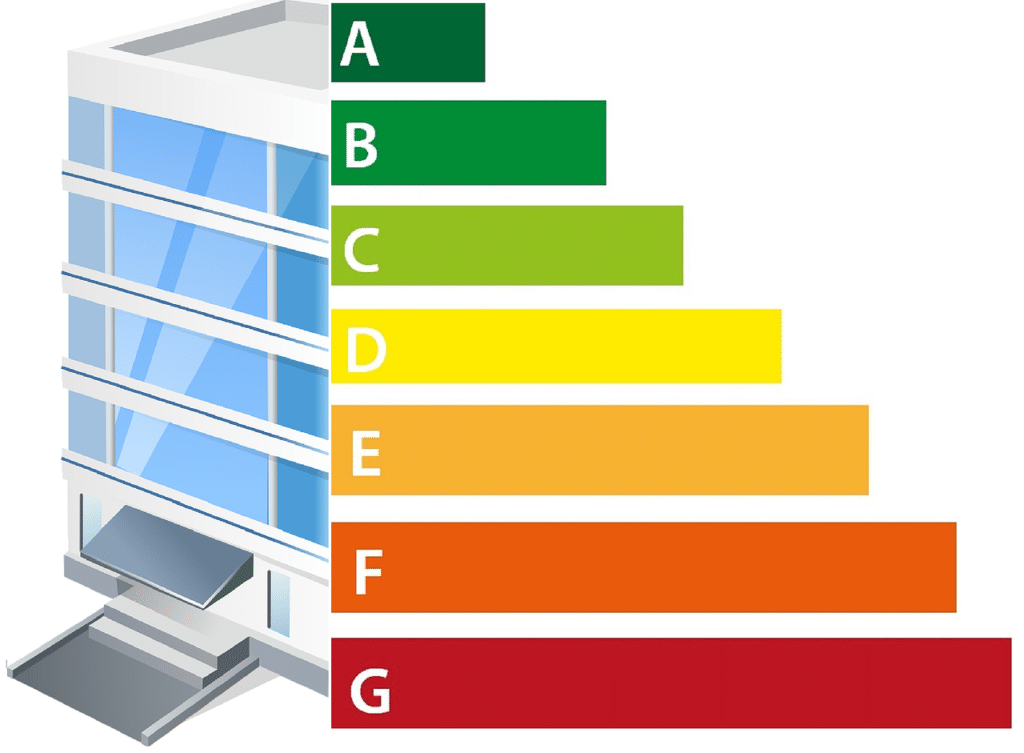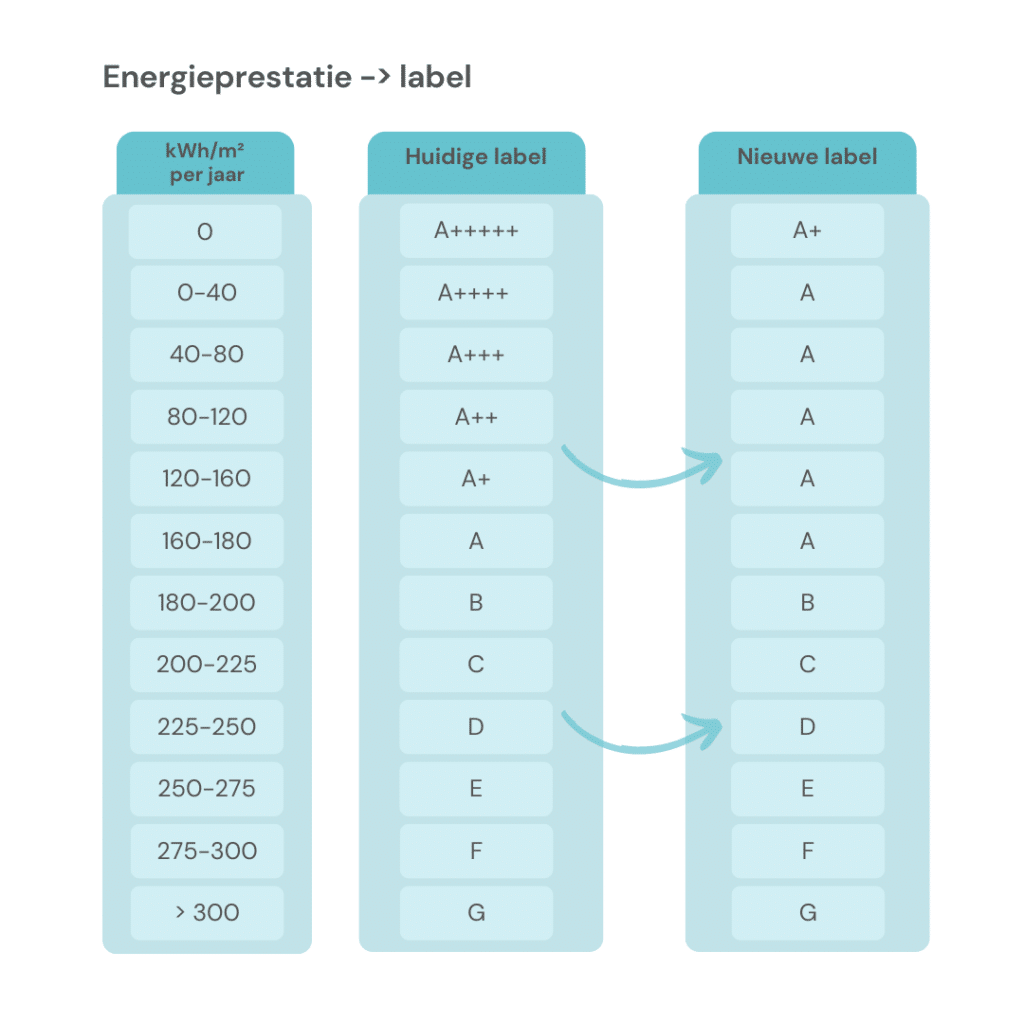

The EPBD legislation is being amended: what does it mean for property owners?
The basis of all legislation concerning the energy performance of buildings – the EPBD – is about to change. And that means quite a lot. What changes should we prepare for? What are the biggest differences compared with the current situation? What does that mean for you as a property owner and how do you carry out an EPBD IV inspection? We explain everything in this article.
EPBD is being amended
To ensure that we exclusively live, work and learn in emission-neutral buildings in the future, the energy performance of buildings must be improved. New rules are therefore being drafted in Europe, after which the Dutch version of the Energy Performance of Buildings Directive (EPBD) will be amended.
The current EPBD III will be revised and updated to EPBD IV, with a clear goal: emission-free buildings by 2050. When is a building emission-free? According to the EU, this is the case when the small amount of energy used by the building is generated in the building itself from renewable sources.
What is the status and when will the new rules be introduced?
As it stands, the new EPBD version IV will take effect from 2025. For all new government buildings, that date is 2028. For existing buildings, renovation to a completely emission-free building will apply from 1 January 2027. However, the final directive is not yet in place.
The EU recently adopted the proposal on new energy performance. The EPBD is the Dutch version of this directive and it will therefore be updated in line with the new EPBD. What exactly will it look like? Unfortunately, this is still relatively unclear at present. Although every effort is being made to explain the changes to real estate owners as specifically and clearly as possible, no one knows exactly. So neither do we. When the final directive is definite, the implications will gradually become clear.
The main differences between EPBD III and IV
There are also aspects of the new legislation that are already certain. We list a few changes that are sure to come:
- Change in energy performance classes
The current energy performance classes with various pluses made it quite complicated. Not only for reading, but also when awarding. That is why the system will be reverting to just two A performance certificates. Everything currently certified as A with one or more pluses will be labelled A. The highest label A+ will soon represent energy-neutral buildings (A with five pluses in the current situation). You can clearly see the new performance certificate classification in the table below (in Dutch).

- Reduced validity of lower performance certificates
There are also going to be changes in the validity of energy performance certificates issued. For certificates A to C it remains ten years, but for performance certificate D and below it becomes five years. Residential buildings and units are required to have at least energy performance class E from 1 January 2030 at the latest and at least energy performance class D from 1 January 2033. This creates an additional incentive to take steps towards better energy performance.
“The EPBD legislation now mainly focuses on a green energy performance certificate A to C. But the ultimate goal is emission-free by 2050. Only an A+ certificate fits that scenario and this is where legislation will aim towards in the future. It is advisable to prepare for this in advance so that you do not have any unpleasant surprises.”
– Ilmar Bouwer, Consultant at CFP Green Buildings
- Phasing out performance certificates G, F and E
The goal of having only emission-neutral buildings throughout Europe by 2050 means that the driver for changes in legislation is clear. Therefore, minimum requirements for existing and new buildings are being tightened, which will automatically phase out energy performance certificates E and below. This is because the energy performance associated with these certificates will not occur in the future.
How can you best prepare as a property owner?
What do the future EPBD changes mean for you? Energy consultant Ilmar Bouwer: “2050 seems such a long way off. A logical response, therefore, is not to bother too much at this stage. However, the road to emission-free buildings requires many adjustments. Property owners would do well to take action now and start planning. You want to know now what choice to make in 2030.”
How can we as CFP help with this?
A scan with the Green Buildings Tool is an example of a good first step to prepare as a property owner. This will give you insight into how to achieve an emission-free building. You can decide what is best as an investment and when to make what changes. Of course, the required finances will not be available overnight. By starting work now in a purposeful and planned way, you will ensure that you are ready for the future.
“Besides providing data, we as consultants also help make it insightful. We do this, for example, by visualising the route to 2050. Possible steps are visually represented in, for example, carbon reduction, energy reduction and business case calculation, but perhaps most importantly, the impact on energy performance improvement.”
– Ilmar Bouwer, Consultant at CFP Green Buildings
If you want to know more or if you have questions for us, please contact us.






